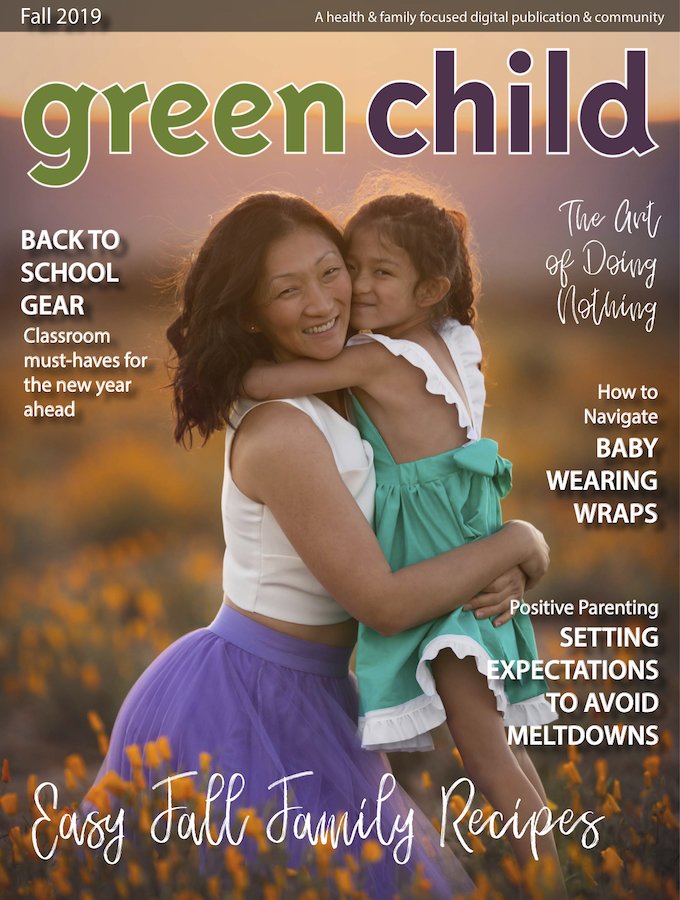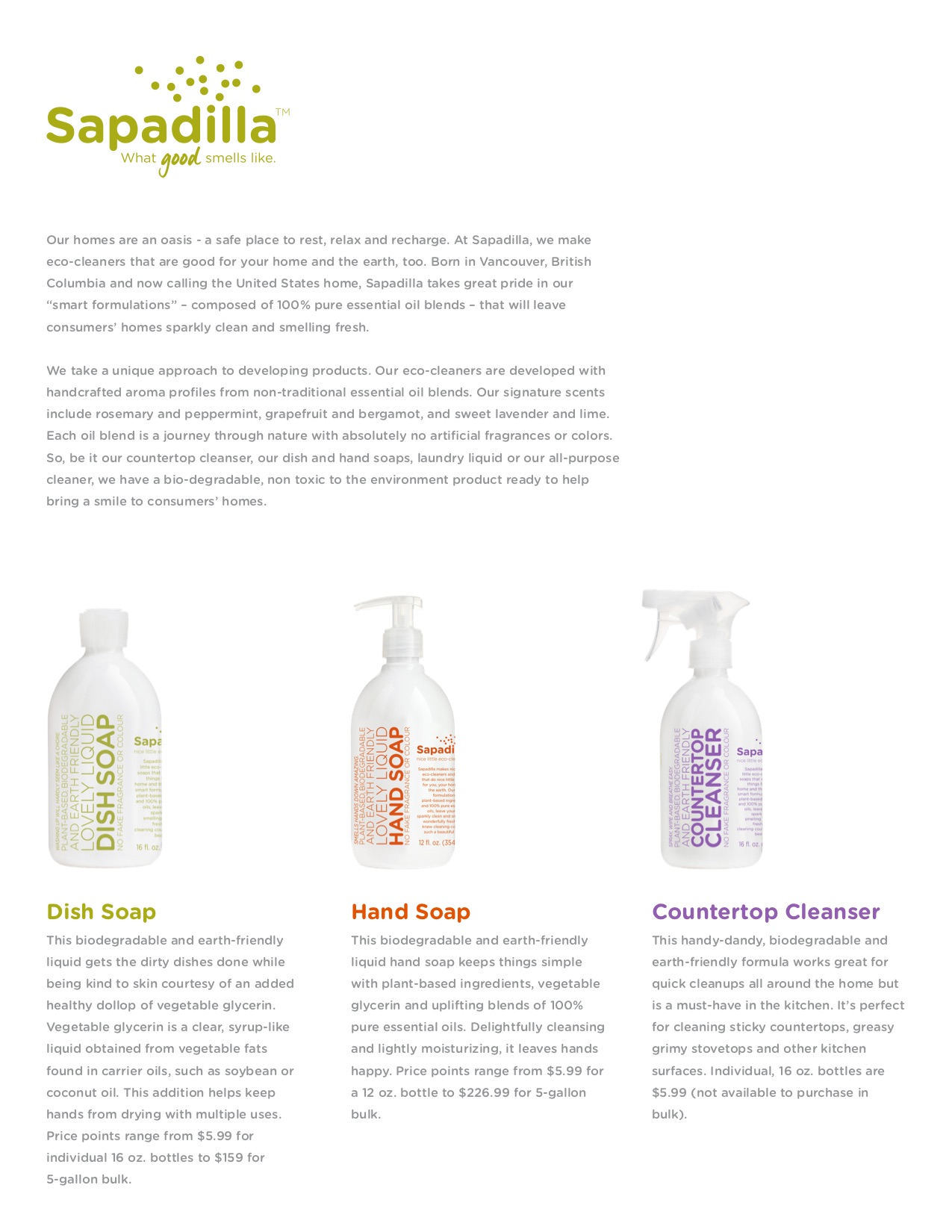It’s no secret that today’s consumers feel empowered to put their money where their morals are, often looking for products and brands that align with their personal values. In fact, BBC Global News found 81% of consumers agree that clearly demonstrating a commitment to sustainability adds value to a brand, and 79% say eco-friendly practices and commitments are an important consideration when making purchase decisions.
With that in mind, many companies have launched green initiatives or added eco-friendly products to their lineups. If you’re managing a brand that is “going green,” consider these four tips for effectively telling your brand’s story and securing positive media coverage:
1. Research Your Green Reporters and Publications

Before you go yelling your company’s latest green campaign slogan from the rooftops, you need to identify the right media contacts for your outreach efforts.
Many national publications like Business of Fashion, Glamour, Vogue, and Entrepreneur all regularly cover the latest sustainability practices and brands every day. However, before pitching these highly visible outlets, it’s imperative to determine who your target audience is and where they’re getting their news to ensure you’re reaching out to the correct publications.
Looking to update your media list with some eco-focused media outlets? Here are a few trade publications to add to your list that cover earth-conscious brands:
- EcoWatch
- Green Child Magazine
- Green Matters
- Inhabitat
- LIVEKINDLY
- MindBodyGreen
- One Green Planet
Once you’ve determined the publications that make sense for your business to be featured in, it’s crucial to find the relevant reporters to reach out to.
When creating your media list, strategically select the media contacts that make the most sense for your product or initiative. If a reporter focuses on holistic wellness and vegan beauty products, they likely will not be interested in your company’s latest renewable energy initiative.
Look at the types of stories that reporters are writing about and the topics that they traditionally cover. Include their specific beat and interests in the notes section of your media list to ensure your hitting the right people — the first step in achieving the media coverage you desire.
2. Stay Away from “Greenwashing”
Gen Z shops green; in fact, climate change and protecting the environment was the #1 concern for Gen Z according to a recent Deloitte survey. With this pressure from consumers to “be green,” many brands have started to advertise and, in some cases, exaggerate their green practices. This is known as “greenwashing” — a deceptive practice of branding a company as environmentally friendly without adopting legitimate sustainable practices.
Misleading editors, making sweeping generalizations, pointing to unsubstantiated claims, or just flat-out lying about your brand’s environmental practices is a sure-fire way to burn relationships with reporters and land yourself a spot on a blacklisted brands list.
To avoid greenwashing accusations (or even more serious charges) it’s important to have the statistics to back up your claims. If you’re merely changing your logo to green or slapping an eco-friendly tagline on your product without clarifying your sustainable practices, consumers are likely to see through your façade.
3. Create a Fact Sheet or FAQ
It’s important to consider the questions that members of the media may ask when discussing your company’s sustainability practices. Start by sitting down to brainstorm a list of the questions you’re most likely to be asked, then meet with the thought leaders of your organization to answer the questions. Be sure to keep a copy of the approved answers on file internally to use as quotes within news releases and to add additional details in your pitches.
Beyond just having an internal list of FAQs to reference, your company should create a fact sheet that includes your brand’s mission statement, the list of products or services that you offer, where consumers can make a purchase, and a list of any future sustainability goals your company may have (for example, eliminating single-use plastic or reducing your organization’s carbon footprint).
Pictured at right is an example of a fact sheet Scooter Media created for our client Sapadilla.
4. Identify Green, Eco-Friendly, and Sustainability-Focused Holidays
In media relations, timing is everything — especially when it could mean the difference between landing a story or having your pitch go straight to the trash folder in a reporter’s inbox. As many PR pros know, pitching a story with a holiday angle is a brilliant way to make your news timely and newsworthy.
We’ve rounded up some of the key green holidays to mark on your calendar, so you don’t miss another timely eco-friendly holiday again:
- National CleanUp Day (September 18)
- World Wildlife Day (March 3)
- Global Recycling Day (March 18)
- Earth Day (April 22)
- Arbor Day (Last Friday in April)
- National Bike To Work Day (Third Friday in May)
- World Oceans Day (June 8)
- World Animal Day (October 4)
Ultimately, if your organization is putting in the hard work to become eco-friendly and sustainable, telling your brand’s story is a great way to make sure you are getting credit for those initiatives. By following these tips, your media relations efforts about “going green” will be worthy of a gold medal.
Looking for more media relations tips? Check out our guide on “How to Craft an Effective Earth Day Communications Plan,” then discover “Six Tips for Making the Most Out of Your PR Placement.”


